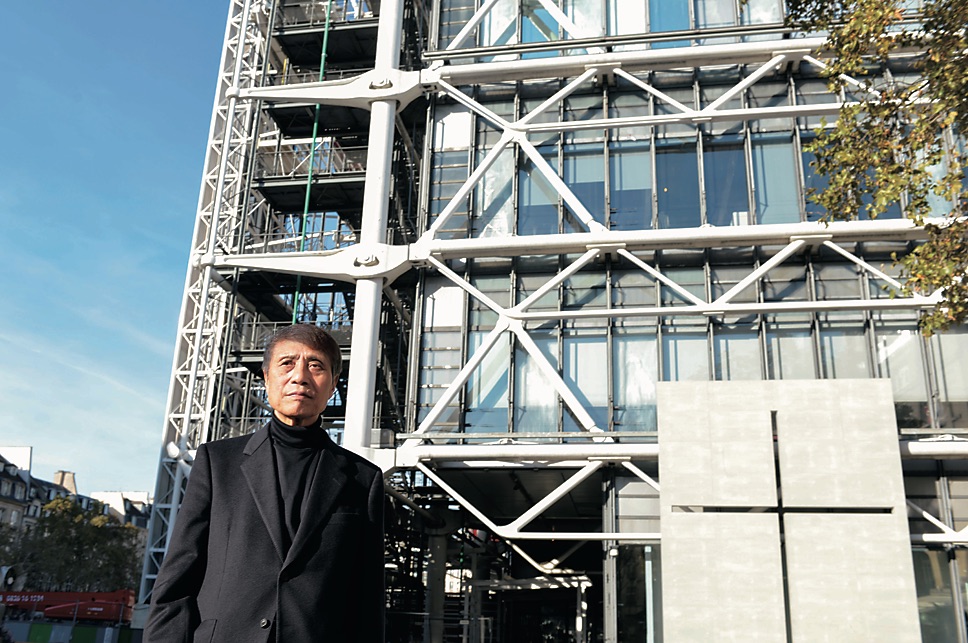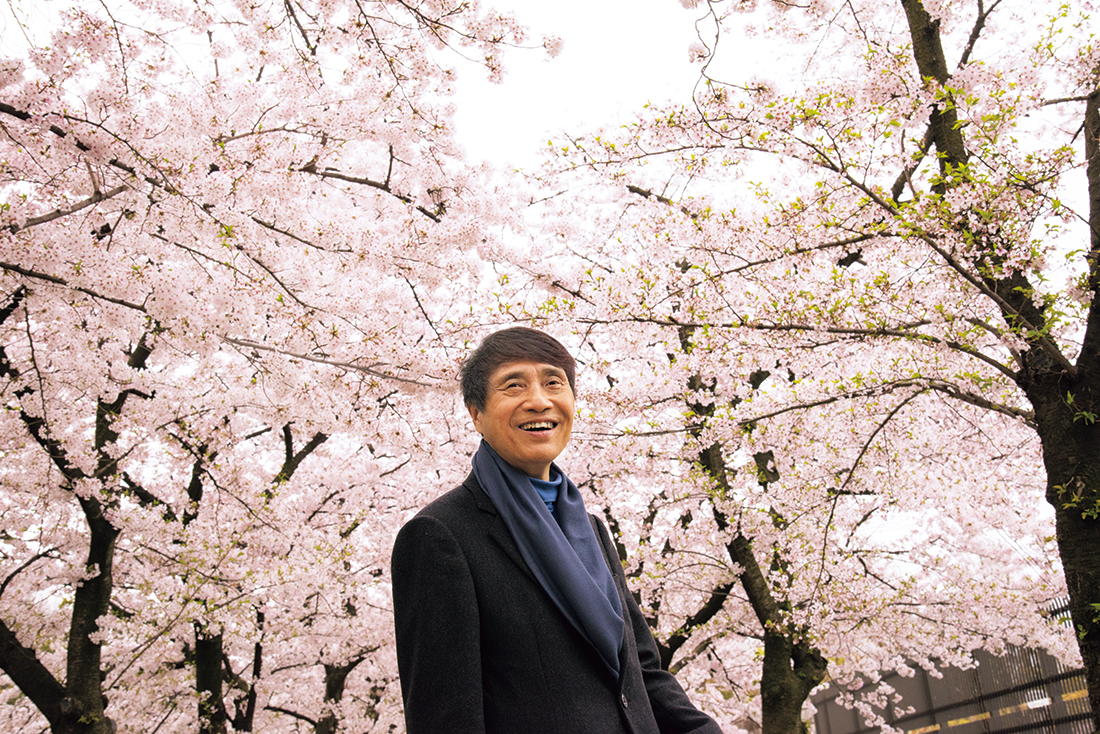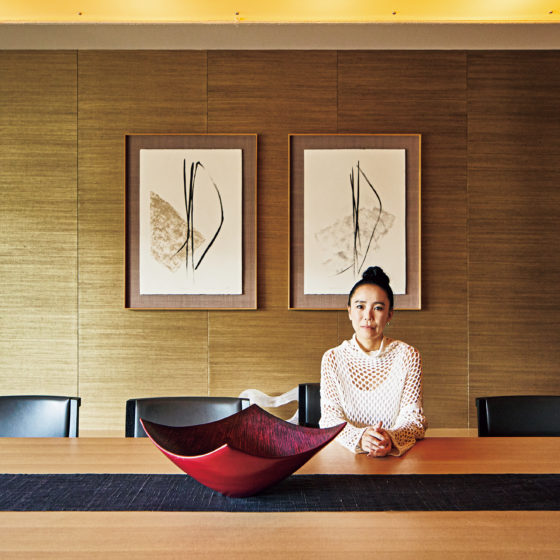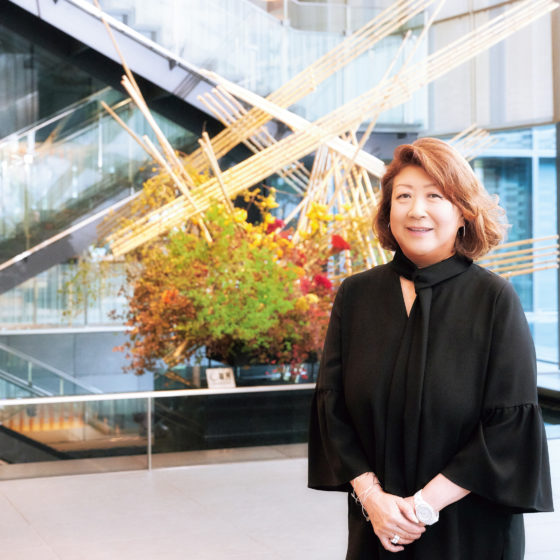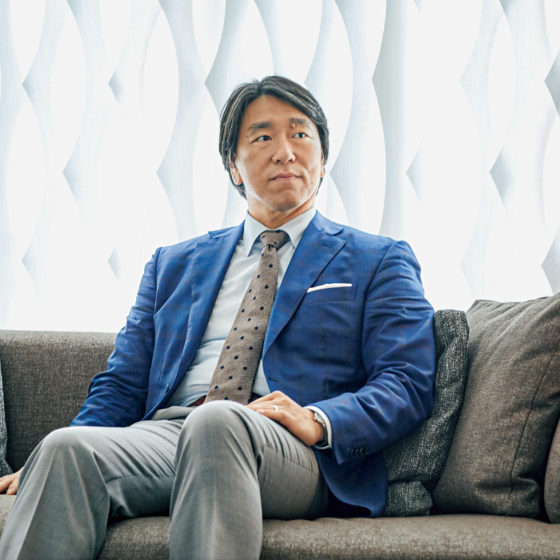Dreams are more important to a place than functionality, efficiency, or amenities
- On the question of urban functionality, I think everyone agrees that cities should be functional, economically prosperous, comfortable, and safe.
- However, that isn’t enough. Even when these conditions are perfectly fulfilled, cities must offer interest, appeal, and pride to residents and visitors. There is another element of crucial importance: dreams.
- I have spent several years on a project with former Benesse chairman Soichiro Fukutake to transform isolated islands in the Seto Inland Sea into major “art bases.” Several art galleries and lodging facilities have been founded, and top-grade artists have been commissioned to make site-specific pieces. As a result, Naoshima island is now one of Japan’s preeminent sightseeing attractions that draws people from across the world. However, it is frankly difficult to get to this island—you have to take a ferry from Okayama or Kagawa. Still, people who visit Naoshima, particularly foreign tourists, seem undaunted by this inconvenience. They chat and relax while taking in the ocean scenery as they wait for the ferry.
- Inexpediencies like these are steadily disappearing from our society, but it seems that people are actually enjoying them. In contrast to its distant location, we’ve created a position for Naoshima as an “island of dreams” where authentic art awaits at the end of a difficult journey. This is a great example of how dreams are more important than functionality, efficiency, or amenities.
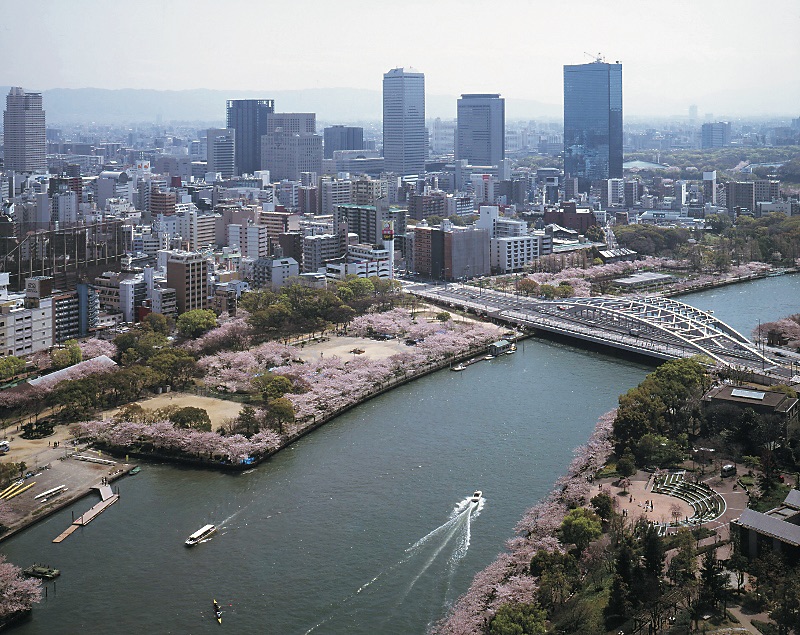
Big dreams in a vast space beneath Shibuya
- The same thing can be seen in other areas. I live in Osaka, and the Dotonbori neighborhood is a chaotic place that is difficult to traverse by car. It’s certainly not functional or efficient, but while feasting on takoyaki (octopus dumplings) in Dotonbori, I somehow feel like I’m truly alive. Similarly, Nakanoshima in central Osaka has an astoundingly large number of walkable spaces. I positioned that street as the “Heisei Passage,” and citizens donated money to plant around 3,000 cherry trees there. This project will be continued towards the Osaka World Expo in the future. It will not boost the economy of the region, but it brings spiritual richness to the people who live, work, and relax there. I think it’s ideal for people to be able to refer to their own cities with a sense of pride. Things that seem inconvenient or wasteful at one glance can actually appeal to residents and visitors.
- Among the cities of Japan, Tokyo undergoes the most intense changes, and today Shibuya in particular is developing at a furious pace. It draws many overseas visitors as well. I think the citizens have dreams and expectations about Shibuya’s future, namely what kind of city it will be reborn as. It has long had many unique qualities that other areas lack, symbolized by the statue of the faithful dog Hachiko, a story many people know of, in front of Shibuya Station. Nearby is Taro Okamoto’s giant mural, Myth of Tomorrow, which was brought back across the ocean from Mexico, where it was discovered.
- Shibuya also has distinctive geographical features. The station area is a valley at the bottom of a basin, and there are several hills to the east and west. I think truly unique urban scenery can be created by using these elevation differences and skillfully creating buildings on multiple levels. Cities will lack any individual qualities unless we take bold measures of this type. I can think of nothing more boring than cities that look alike—both people and cities shine when they have pronounced characters.
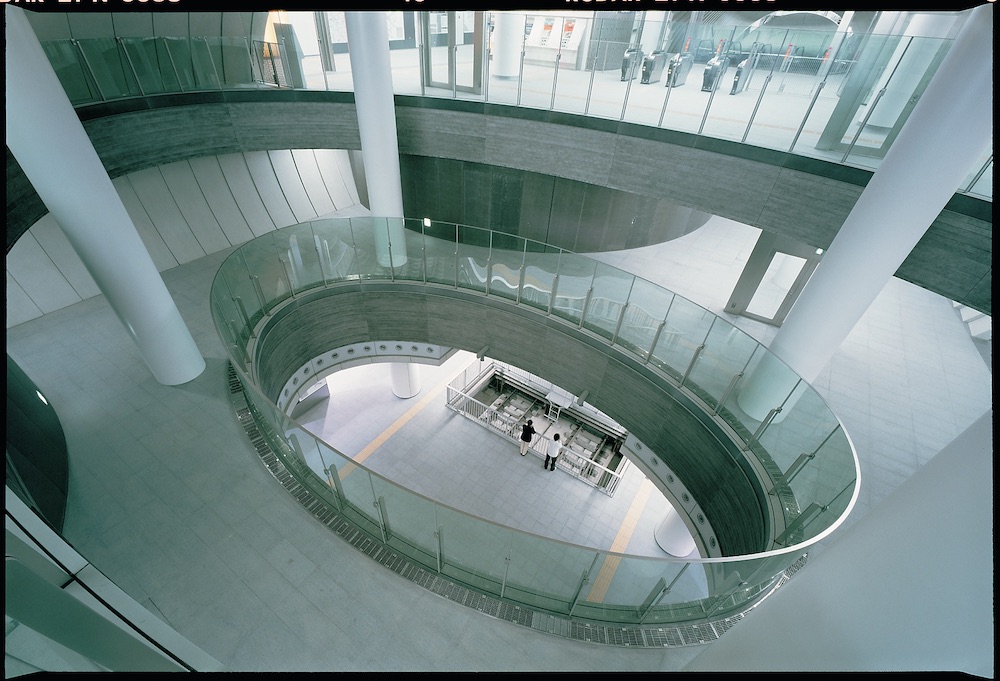
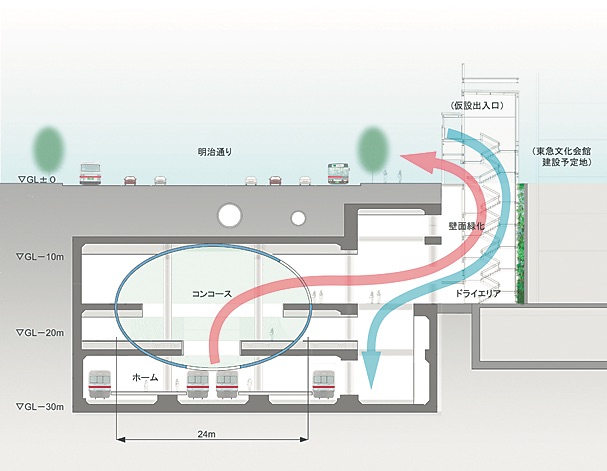
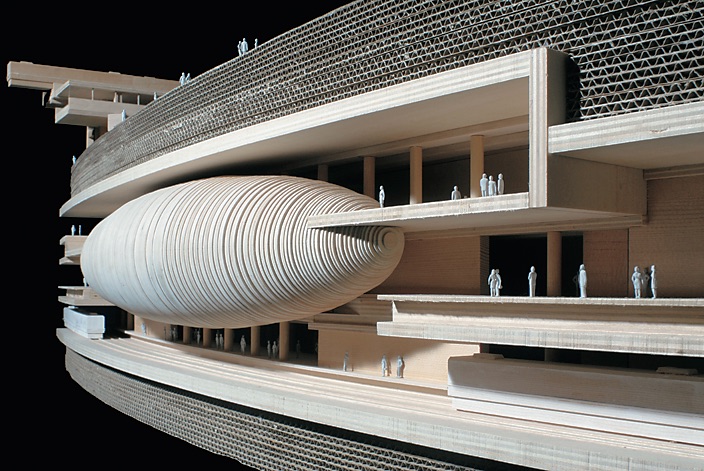
- Train stations are the hearts of cities. I designed Shibuya Station on the Tokyo Metro Fukutoshin Line, which shares tracks with the Tokyu Toyoko Line, in 2008. The area from the concourse on the second underground floor to the platforms on the fifth underground floor is nested, with an elliptical atrium and an oval shell enclosing it. This bold shape doesn’t only provide an innovative spatial experience to station users, but is also designed in consideration of economy and the environment. It has a natural ventilation system and is cooled by wind that enters at the top and drafts from the trains. I incorporated a big dream into this underground space in Shibuya, and it is an ideal vision for Tokyo’s future. I also designed Kaminoge Station on the Tokyu Oimachi Line. The station building is divided into two parts over a public road, and the roof spans the street. I wanted the people who use this station to feel a sense of affection and ownership.
- To make whole cities more interesting, it is essential that train stations—their centers—are exciting places. These stations are more than just transit points.
Hotels can be cores of increasingly integrated cities
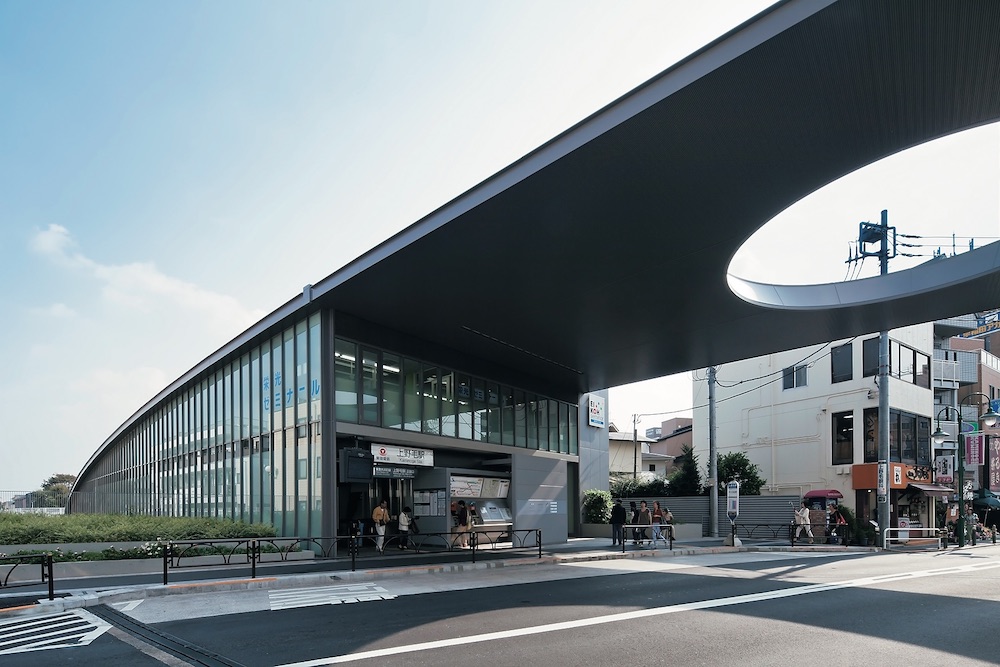
- The Musée d’Orsay on the banks of the Seine in Paris is an exhibition space made by remodeling the Gare d’Orsay, formerly a train station and hotel. The station was a building of a sort that can be repurposed into an art gallery. Paris is skilled at using old things to make new ones. In the heart of that city, I am currently working on the Bourse de Commerce, a 19th-century building that used to be a grain exchange and is being turned into a contemporary art museum. I am leaving the exterior as-is and bringing a concrete cylinder inside, based on my intention to maintain and elevate the city’s history, traditions, and values. Today, cities across the world are making desperate efforts to cultivate their unique and appealing features, and I hope the transforming Shibuya will also become a city that inspires big dreams.
- Besides train stations, I think hotels will also play vital roles to that end. In cities that draw many different people, various functions will be combined into complexes. Cities will become more integrated, and hotels can serve as their cores. Of course, hotels must provide comfortable accommodation spaces and meeting rooms of different sizes, but in the future they will also have to offer extensive post-convention options—they must provide a wide range of restaurants and a variety of drinking establishments, and must satisfy people who want to take in a theatrical performance or art. Going forward, hotels must create the substance of cities.
- Hotels, stations, and cities are visited by people from around the world. Cities must display their unique qualities while competing at a high level with other world-renowned cities. To this end, the most essential thing is to incorporate dreams that inspire pride among the people who come to these cities.
